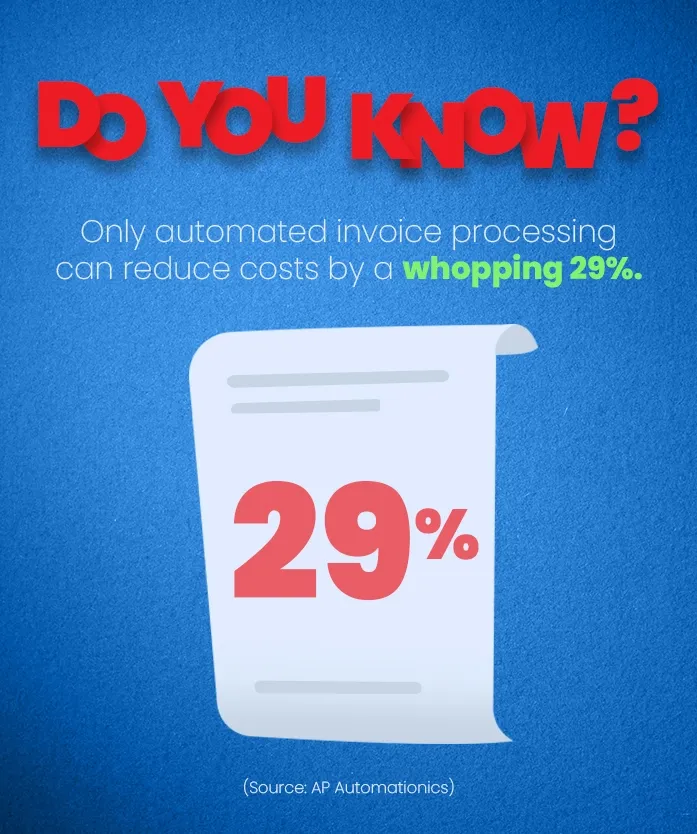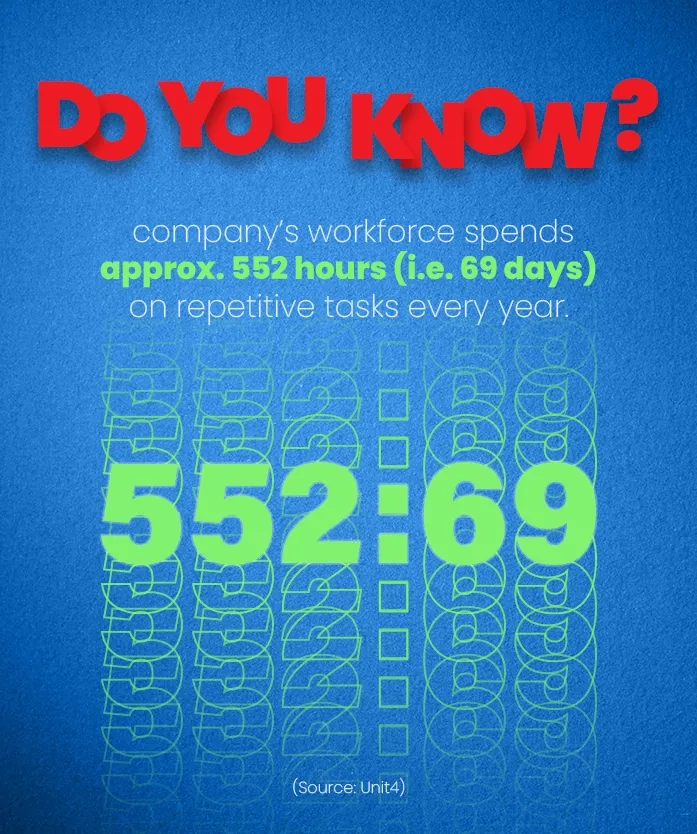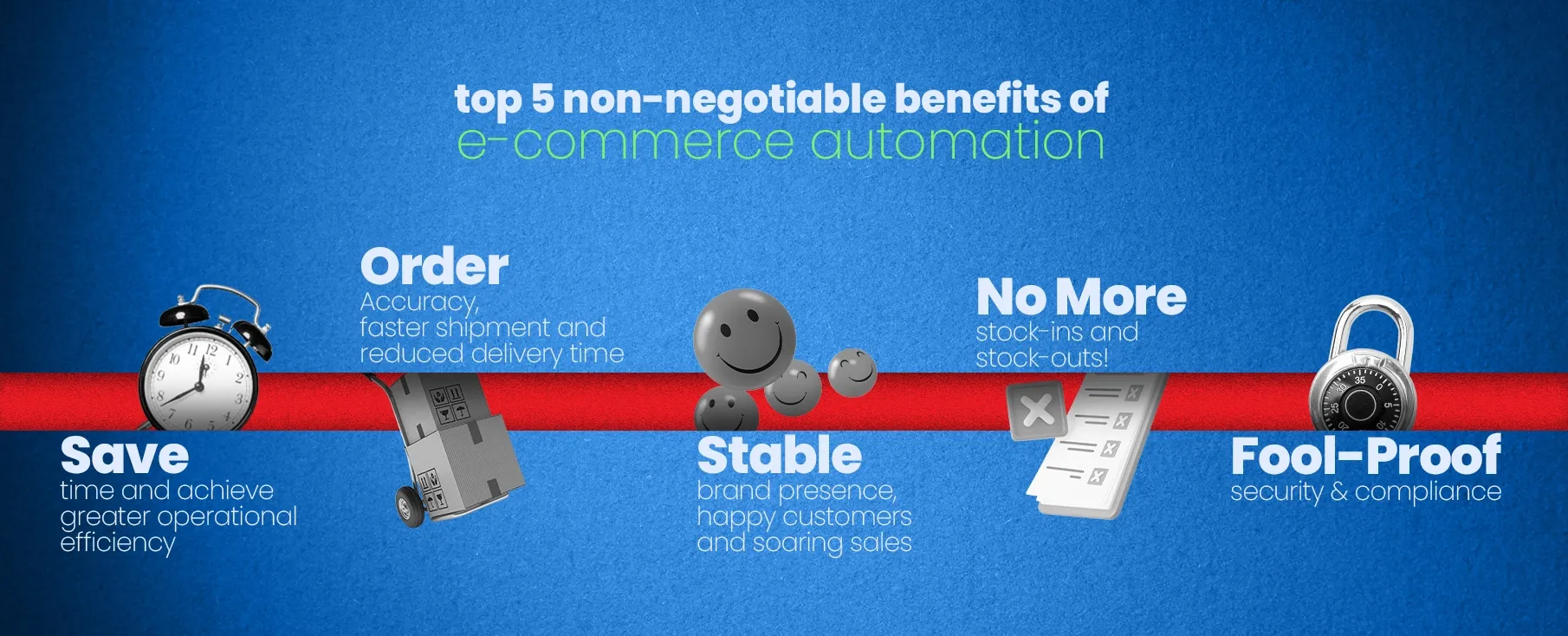Why Automate Your eCommerce Business? A Different Perspective
What gets you frequently overwhelmed daily as a high-growth merchant, retailer, or store owner?
Let’s guess, hanging up on repeated tasks such as:
- Tedious product listing
- Manual labor management
- Price volatility and high competition
- Time & resource management
- Manual return and refund management
- Product oversaturation and low-profit margins
- Dealing with vendors
- Orders stacking up
- In-time package fulfillment, and whatnot.
Getting good business but failing to manage all these tasks will affect your capacity to handle a growing venture — killing your team’s spirit.
No, hiring more people won’t be the right solution. Making the right choice would be.
Maybe your existing labor force needs assistance in manual data management, inventory management, dropshipping, and warehousing operations.
E-commerce automation is the answer.

Furthermore, according to LogisticsIQTM, the next-gen supply chain industry to see a market growth from $32 billion in 2019 to a whopping $75 billion by 2030.
Whether you’re working on a D2C, B2C, or B2B model, you can automate any commercial framework and easily streamline your daily but repetitive tasks. And reap great financial results. :trophy:
E-commerce Automation: Replace Slow Processes and Escalate ROI
Acquiring new customers and grabbing new orders is the biggest priority of any e-commerce business.
E-commerce automation proves to be a game-changer for businesses of all sizes.

Task automation kills counterproductivity and repetition, empowering your team to work on creative initiatives that drive growth and expand market outreach.
Simply speaking, a process happens automatically using software or digital systems, with minimum human intervention, leaving no .1% room for errors.
Budget-friendly digital technologies like low-code/no-code tools, Artificial Intelligence (AI), Machine Learning (ML), and cloud platforms to supersede manual processes with software-driven web and mobile apps.
You can easily detect counterfeit products, avoid human errors, go data-driven, speed up profitability, and scale up fast — with e-commerce automation solutions.
What’s in it for your business?
You don’t have to have an Einstein-like brain to know that automation saves your time from monotonous and manual tasks, helping you focus more on crucial and innovative ones.
Let the stats speak:
According to IBM’s survey in 2021, 61% of enterprises have already employed automation tools while 19% planned to adopt adoption by the year 2023. Nearly 80% of businesses would’ve leveraged automation in 2023.
Nearly 50% of eCommerce businesses are already using marketing automation to attract more customers.
Software-driven systems will guide around 95% of customer-retailer interactions (mainly phone calls and live chat) by 2025.
Why is the rapid automation adoption in E-commerce happening? Ideally, every buck you invest in automation repays manifolds over time. Because it reduces human effort and business costs, boosts business efficiency, and increases overall business revenue.
Even a small-scale e-commerce company can quickly grow through business automation and simulate growth metrics like gross merchandise value, customer lifetime value (CLV), conversion rates, clicks, and more.
Let’s talk about the benefits of E-commerce automation in detail.
Also Read: Save costs, time, and reputation with E-commerce Automation
Top 5 Non-Negotiable Benefits of eCommerce Automation
Save time and achieve greater operational efficiency
Businesses lose 20 to 30 percent of their revenue yearly due to operational inefficiencies.
As an e-commerce business, how many manual and mundane tasks does your daily work routine include? Alright, you say they’re small and low-effort tasks that take only some time to complete. But after you’ve added them up, it turns out you’ve been spending (wasting) so many hours every week doing simple but repetitive tasks.
According to a survey by Unit4, a company’s workforce wastes approximately 552 hours on repetitive tasks annually.

Imagine what you and your team could do with all that time.
Needless to say, time is the most valuable asset. Every second invested wisely frees up enough space for your team to perform more productive and innovative tasks.
As per McKinsey, businesses can automate up to 45% of tasks using existing technologies to save an organization’s time.
Besides, above 70% of employees believe that automation is their opportunity to perform and deliver high-skilled work.
E-commerce automation enables valuable resources to focus on strategic initiatives that require critical and creative thinking. In addition, a software-driven system is almost accurate and error-free.
In other words, once you set up task automation, it runs and never stops. A self-fulfilling e-commerce business worth every penny of your investment as you get uncompromised efficiency and maximum ROI.
Order Accuracy, faster shipment, and reduced delivery time
Too many orders and pending product deliveries increase the chances of inaccuracy and higher churn rates for a growing business.
Gone are the days when inventory management and barcoding worked in silos. Today, companies must use software-driven solutions and integrated systems to ensure error-free deliveries. And that’s just the tip of the iceberg:
- 84% of online shoppers don’t want to shop from a brand again after a poor last mile delivery experience.
- 98.1% of shoppers state bad delivery experiences decrease their brand loyalty.
- Failed or inaccurate deliveries cost UK-based retail businesses $2.08 billion every year.
Order accuracy and timely delivery of products purchased online define the future of your customer experience and churn rates. However, every mistake you make increases your risk of losing existing and potential loyal customers.
100% accuracy may not be possible, but every business should at least aim for the best.
Integrating self-driven systems is the only viable solution to achieve consistent e-commerce fulfillment including order accuracy, faster shipment, and reduced delivery time.
Generating shipment labels with barcodes and automatically sending tracking information to your customers ensure that the deliveryman picks the exact order. Overall, these automated systems streamline the tedious process of order picking, packing, and shipping.

This practice increases team productivity, saves delivery time and costs, boosts customer happiness, and increases your business’s outreach.
Furthermore, self-fulfilling order management helps businesses recognize customers’ shipping preferences and feedback toward better order delivery experiences.
Know These Picking and Shipping Errors Before It's Too Late
Order accuracy and timely shipment are cornerstones to ensure happy customers and win at business growth day and night, particularly in fast-paced industries such as lifestyle, fashion, and electronics.
Stable brand presence, happy customers, and soaring sales
57% of consumers are more likely to pay more if given simpler buying experiences, and 76% will recommend a brand that offers simple experiences and communications.
Wouldn’t you want your business to be recommended or preferred by digital consumers? Every enterprise wants that.
The complicated brand experience costs $780 billion of total annual revenue globally, according to Siegel+Gale in its 10th annual World's Simplest Brands report, a Global brand experience firm.
“People today are prioritizing brands that deliver on the promise of simplicity, and they are willing to pay a premium for it,” — Howard Belk, co-CEO and Chief Creative Officer, Siegel+Gale.
Therefore, it’s more than necessary to automate your e-commerce operations. You can expedite product delivery, simplify buyer journeys, improve customer satisfaction, and foster your revenue generation and growth rate.
Important insight: 80% of businesses are already using marketing automation for increased lead generation, while 77% saw an increased conversion rate.
That being said, a stable brand presence is your key to building happy customer experiences and soaring revenue.
No more stock-ins and stock-outs!
Sadly, 43% of small businesses in the United States don’t track inventory or use a manual system (Source: Wasp barcode)
Managing the volatile inventory situation is a common challenge that retailers face.
The best way to resolve your inventory management issues is by automating them. That is where e-commerce automation comes into play. Most eCommerce businesses use multiple systems to manage their operations.
Despite the availability of various inventory and supply chain management tools, the prevalence of Excel remains notable. 78% of supply chain managers still use Excel spreadsheets for inventory management.
On the contrary, the global logistics automation market is experiencing rapid growth, with a predicted CAGR of 12.4%. The market size is estimated to grow by 82.3 billion USD in 2026. Thanks to the rapid adoption of automation technology across industries.
The software-driven system may include warehouse management, enterprise resource planning, procurement management, customer service management, reporting and analytics, security and compliance, and other on-demand systems.
These software systems combined provide a holistic view of inventory management assuring:
- Real-time updates on stock availability
- Prevention of out-of-stock products from sale
- Insights into the top-selling items
- More revenue generation
- Trusted seller/ retailer reputation
Fool-proof security & compliance
Organizations embracing e-commerce automation witness an improved security and compliance footing. Automated systems play a pivotal role in blocking data breaches by enforcing strict access controls and robust encryption measures that protect sensitive data from unauthorized access and maximize user data privacy.
The robust automated e-commerce systems adhere to global laws and regulations. These include strict compliance with consumer privacy and data protection practices. Automating processes helps organizations establish a check and control system, reducing the likelihood of possible lapses in compliance and overall user privacy.
In summary, e-commerce automation adoption can strengthen the security infrastructure against potential breaches and serves as a potent measure to meet and exceed legal and regulatory standards, particularly, those about consumer privacy and data protection.

Is automation risky? Not more than unhappy customers and a failing reputation!
It’s time to stop wasting time on slow, repetitive tasks and switch to data-driven processes with Qbatch custom solutions for sellers, aggregators, and brand owners.
We help you employ proven tech and talent to bury slow progress and counterproductive workflow. How?
- Make targeted, data-driven decisions
- Facilitate communication across marketplaces, logistics, and stores
- Eliminate repetitive tasks for faster sales
- Manage multichannel orders across inventories
- Auto-track stockouts and overstocking in your supply chain
- Reduce time-to-market and operational costs
- Ensure foolproof security standards
- Deliver personalized shopping experiences
You might also like…

Is 2024 The Year of Software Development Crisis?

5 Truths Behind the Software Developer Shortage 2024: Whom to Blame?